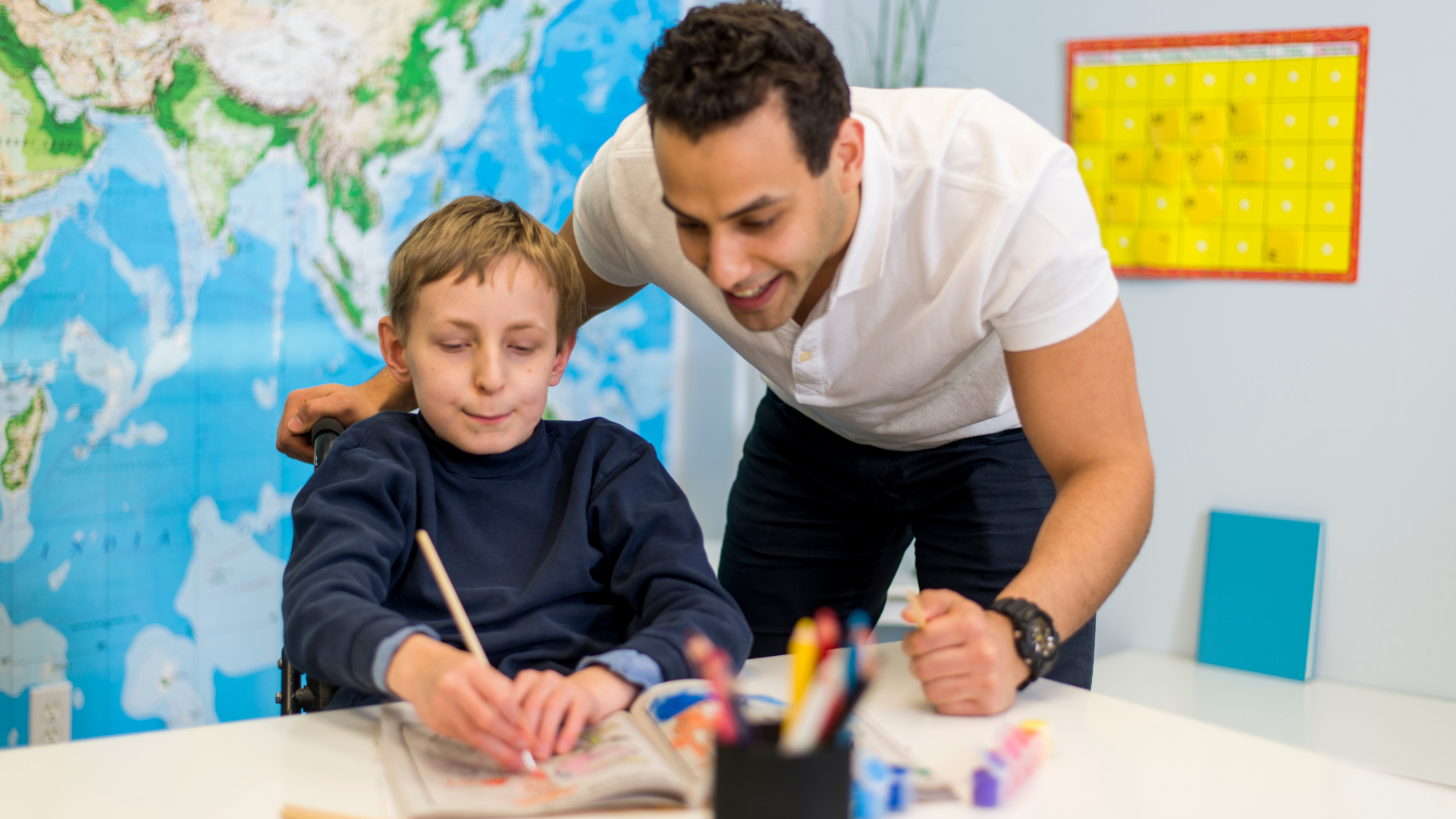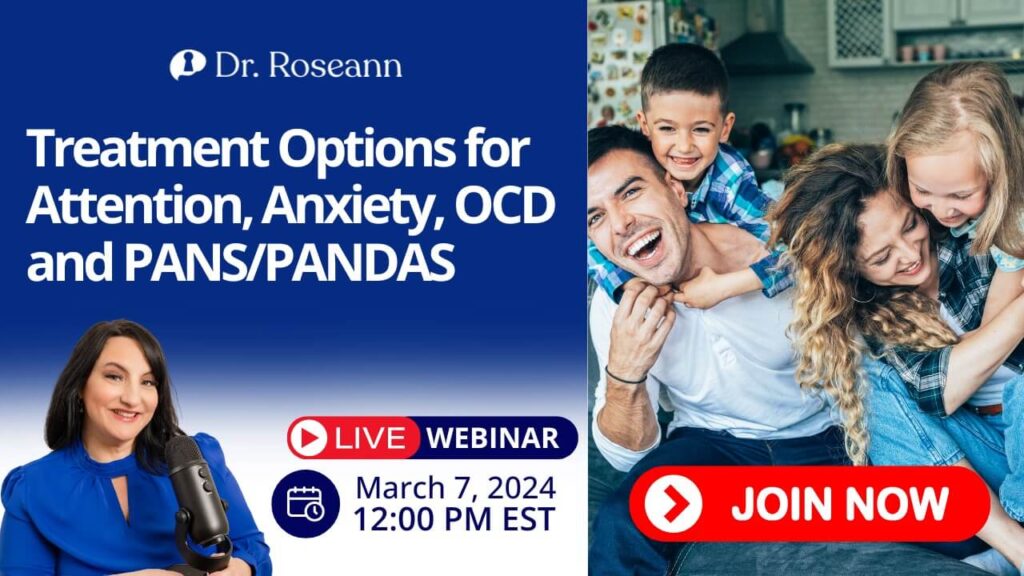
What is Specific Learning Disability?
Navigating the landscape of learning disabilities can be complex, and one term that often surfaces is “Specific Learning Disability” (SLD). Let’s unravel the intricacies of SLD, and explore what it is, its various types, common signs, and strategies for support. Thirty years of working with children with learning disabilities has given me a wealth of











